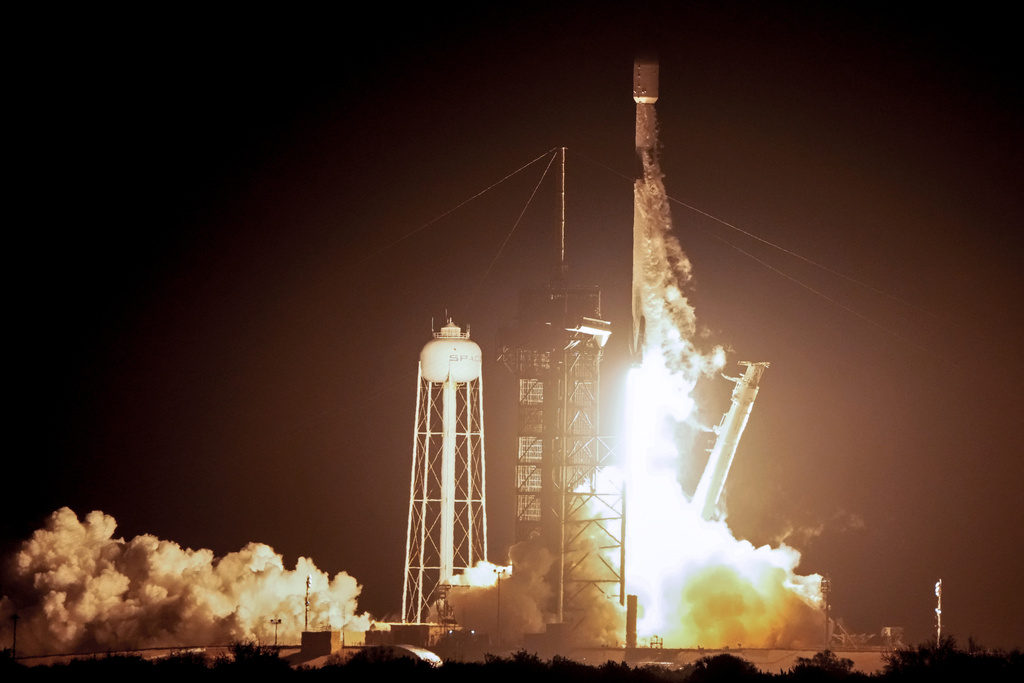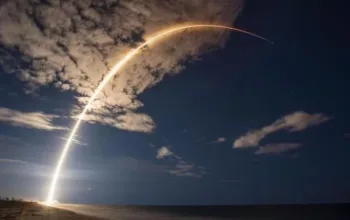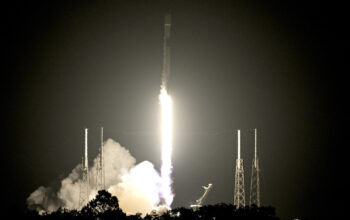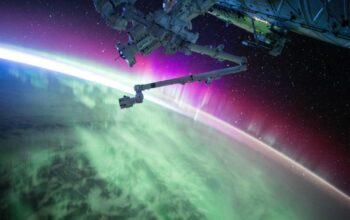After a 52-year hiatus, the United States marked its return to the lunar surface, not with astronauts, but via the unprecedented success of an American robotic spacecraft. On Thursday, following a week in transit aboard a SpaceX rocket, the unmanned ‘Odysseus’ spacecraft attained a gentle lunar touchdown, heralding a new chapter in moon landings.
The Houston-based Intuitive Machines designed and managed the lander, making it the inaugural commercial spacecraft to achieve a lunar landing and the first American-made spacecraft to do so since the closure of NASA’s Apollo program in 1972.
In a post-landing statement at 5:23 p.m. CST, Stephen Altemus, president and CEO of Intuitive Machines, announced, “Houston, Odysseus has found its new home.” This announcement followed a 10-minute suspense-filled delay caused by communication difficulties. Upon receiving confirmation, Altemus declared, “Welcome to the moon.”
Named for the Greek hero from ‘The Odyssey,’ the Odysseus lander embarked upon its space voyage from NASA’s Kennedy Space Center in Florida atop the SpaceX Falcon 9 rocket last week. This spacecraft, known as Nova-C, is tasked with delivering cargo predominantly for NASA on its IM-1 mission. Operated from a Houston control center, the 14-foot-tall hexagonal craft is equipped with six legs.
While Odysseus stands as a triumph, it wasn’t the first private endeavor aimed at the moon. Earlier in January, Astrobotic’s Peregrine lander, another commercial spacecraft, met with disaster, burning up in the Earth’s atmosphere shortly after its departure on a United Launch Alliance Vulcan rocket.
Intuitive Machines’ lander, Odysseus, experienced minor issues, such as brief communication delays, but none that endangered its mission. After detaching from the SpaceX rocket, the lander spent 48 minutes entering lunar orbit and confirming the readiness of its engine and throttle for a moon landing near the south polar region — a site of scientific curiosity due to potential water ice reserves.
NASA’s Commercial Lunar Payload Services (CLPS) program underscores this mission’s significance. With a $2.6 billion budget allocated for contracts through 2028, NASA aims to outsource scientific payloads to private companies for lunar delivery. The successful outcome of Intuitive Machines’ mission foreshadows subsequent collaborations with commercial entities on forthcoming space missions.
NASA endowed Intuitive Machines with $118 million to transport its scientific instruments to the moon, which will provide crucial data in anticipation of the Artemis program astronauts’ return to the lunar surface.
While NASA projected the Artemis II mission to launch astronauts for a lunar flyby by year’s end and a subsequent Artemis III moon landing, technical difficulties have imposed delays. Once rectified, NASA intends to direct missions toward the moon’s south pole to establish a permanent human outpost as a precursor to Mars expeditions.

















